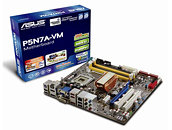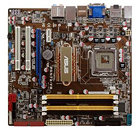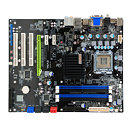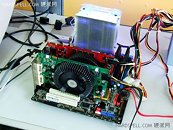
NVIDIA Slips-In PhysX 9.09.0121 System Software
NVIDIA made its latest version of the PhysX system software available today, version 9.09.0121. The update aims to fix several issues with the older 9.09.0010, relating to its installation, runtime environment, game-specific and graphics accelerator-specific. To begin with, this version of the software resolves issues noted during installation on some non-English versions of Windows. It resolves issues relating to the PhysX SDK runtime with multi-GPU configurations. It fixes an issue with the game Mirror's Edge where occasional crashes were seen. Performance increments are in store for users of GeForce GTX 285 and GeForce GTX 295 accelerators.
DOWNLOAD: NVIDIA PhysX System Software 9.09.0121 WHQL
DOWNLOAD: NVIDIA PhysX System Software 9.09.0121 WHQL























